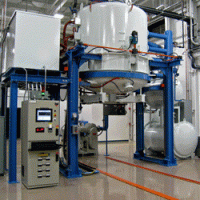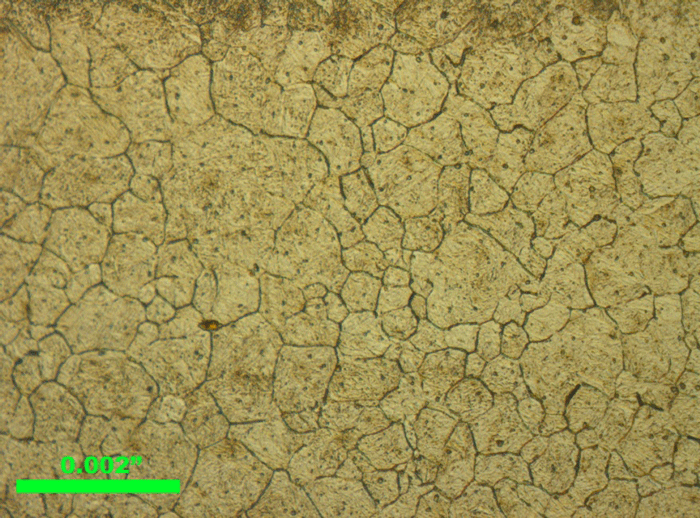This article is written for vacuum pumps such as the oil sealed rotary piston pumps used on many heat treating and vacuum furnace applications. The same information would also apply to the oil diffusion holding pump if it is used. This pump may be either a vee belt driven pump or a direct drive pump. The holding pump is used to keep the oil diffusion pump evacuated below the critical backing pressure when the main pump is in roughing mode.
All mechanical vacuum pumps need maintenance and the pump manufacturer usually lists the basic checks needed in the pump operation manual. This will vary with the application that the pump is used on but, at a minimum, will include the following: check oil level daily or weekly, depending on the application and use, change oil and check the shaft seal area for leaks every 6 months and inspect the exhaust valves and gas ballast valve seals every 12 months.

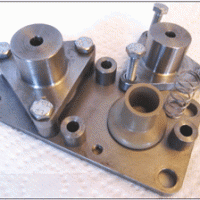

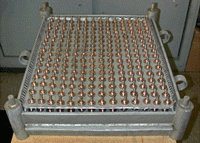
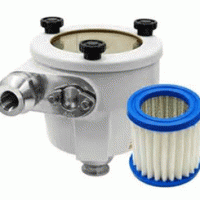
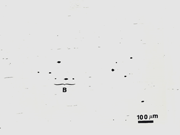 Over the years, ASTM Committee E-4 on Metallography has conducted interlaboratory test programs to evaluate the precision and bias associated with measurements of microstructure using proposed and existing test methods. ASTM decided in the late 1970s that all test methods that generated numerical data must have a precision and bias section defining the repeatability and reproducibility of the method. Defining bias associated with a test method is difficult unless there is an absolute known value for the quantity being measured and this is not possible when microstructural features are being measured. This paper shows the results for an interlaboratory test using Method A, “worst field” ratings of inclusions in steels by ASTM E-45. The results from 9 people who were reported to be qualified, regular users of the method revealed consistent problems of misclassification of inclusions types and a wide range of severity ratings for each specimen.
Over the years, ASTM Committee E-4 on Metallography has conducted interlaboratory test programs to evaluate the precision and bias associated with measurements of microstructure using proposed and existing test methods. ASTM decided in the late 1970s that all test methods that generated numerical data must have a precision and bias section defining the repeatability and reproducibility of the method. Defining bias associated with a test method is difficult unless there is an absolute known value for the quantity being measured and this is not possible when microstructural features are being measured. This paper shows the results for an interlaboratory test using Method A, “worst field” ratings of inclusions in steels by ASTM E-45. The results from 9 people who were reported to be qualified, regular users of the method revealed consistent problems of misclassification of inclusions types and a wide range of severity ratings for each specimen.